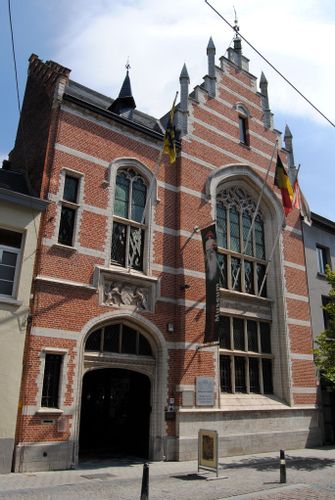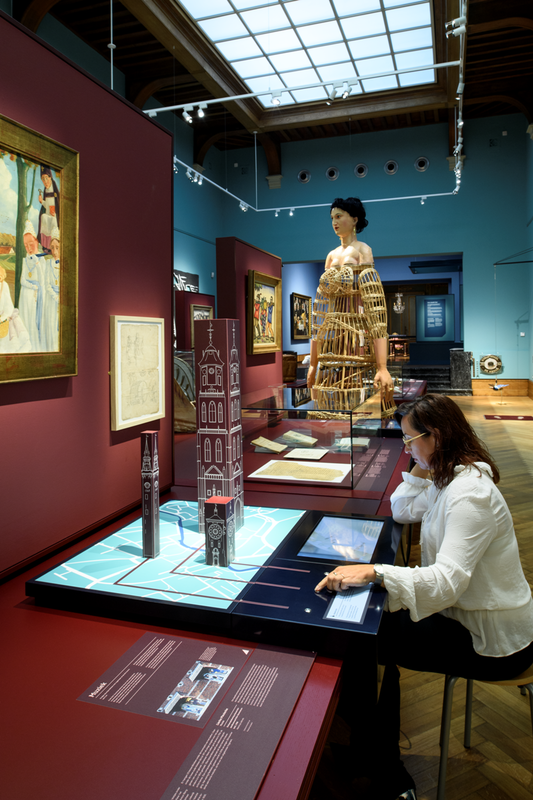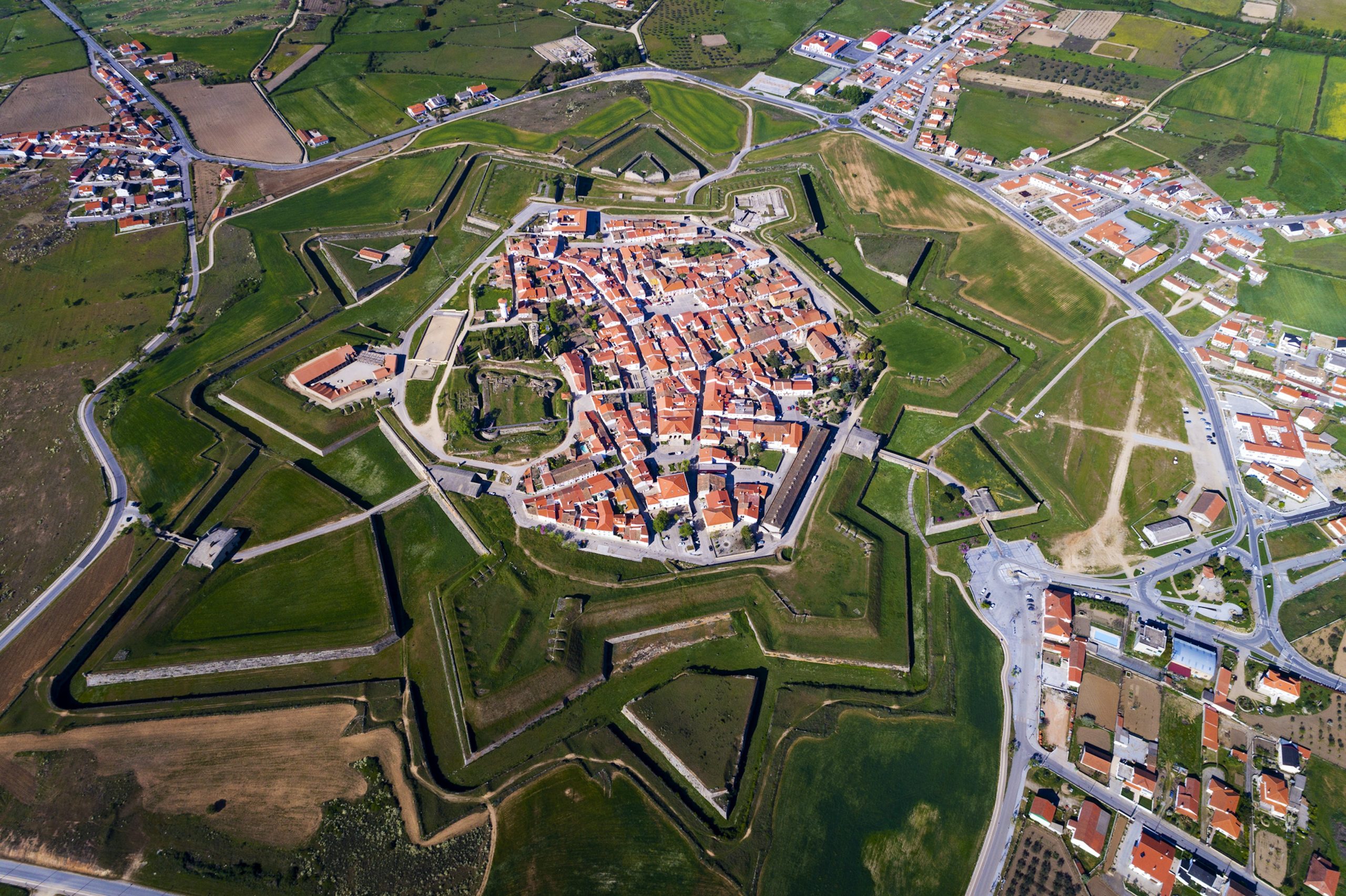City Museum Lier (Belgium, Kempen Region)
#2 Lier is a small town located in a mainly rural region in north-eastern Belgium, in the province of Antwerp. Although it is characterized by a huge potential of historic and cultural heritage, Lier is too small to compete with the cultural centres nearby, or with other tourist players in the region. Moreover, many of the local cultural organizations active in the area have been working just locally, addressing the local community and remaining unknown to tourists from outside. The question raised at the start of this intervention was precisely what role Lier, as a small town, could play culturally. In this regard, the main objective of the intervention was to create a new museum for the town (merging the two that already existed) and, through a bottom-up approach, to select a more authentic characterization of the museum’s cultural offer. In 2015, the board of the (already existing) museums asked the citizens what, in their opinion, was typical of Lier. The survey received more than 1,000 replies. The important findings showed that what most characterized the town were the historic buildings, the atmosphere of the city, and it’s being quiet and green. For this reason, soon after such a great response, an open call selected 30 locals to form the new local community steering committee in order to process and fine-tune all the answers, lead recommendations, and act as museum ambassadors. The impact of the intervention was mostly socio-cultural and the best results concerned the achievement of a greater awareness of the local tangible and intangible cultural heritage. Locals recognized the change that occurred and, consequently, they became more responsible for the museum that they felt as theirs own and for the unique local culture it contained. The entire process has benefitted from the people’s involvement. The participation, engagement, and support of the local community have been crucial for the development of Lier’s tourism.

City Museum Lier (Florent Van Cauwenberghstraat 14, 2500 Lier, Belgio) 
Inside the Museum, the interactions of the public.




